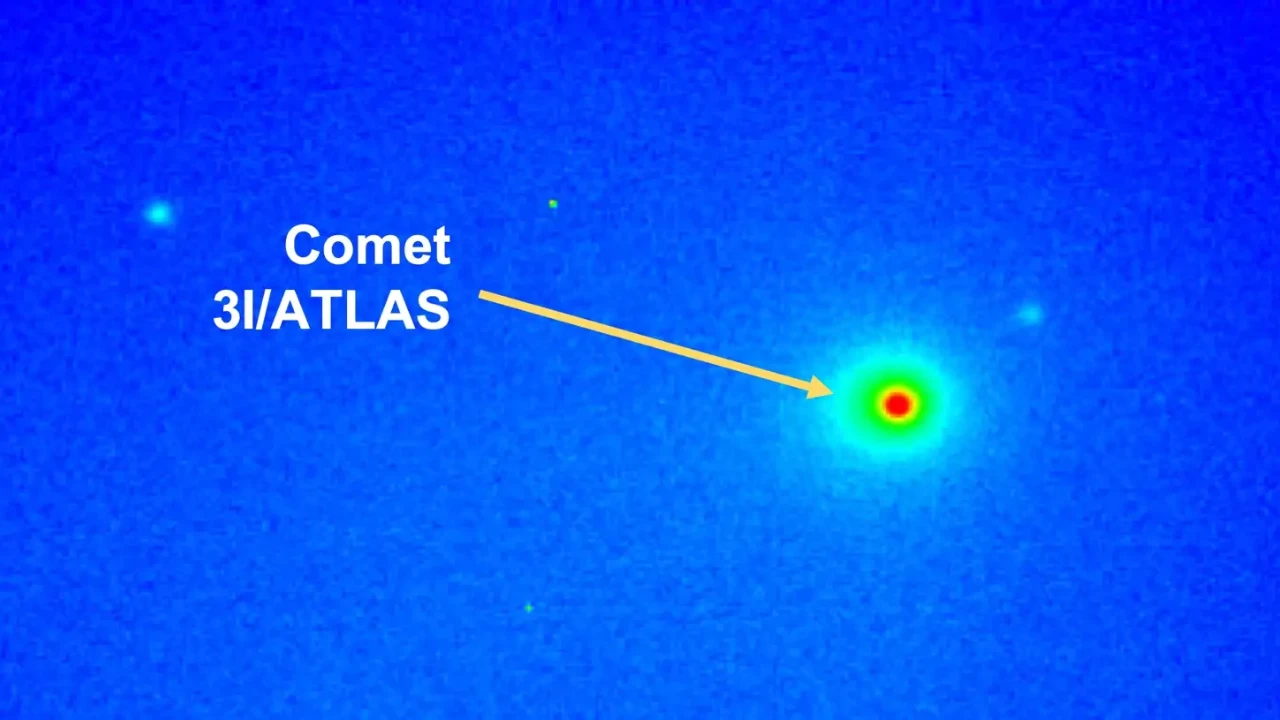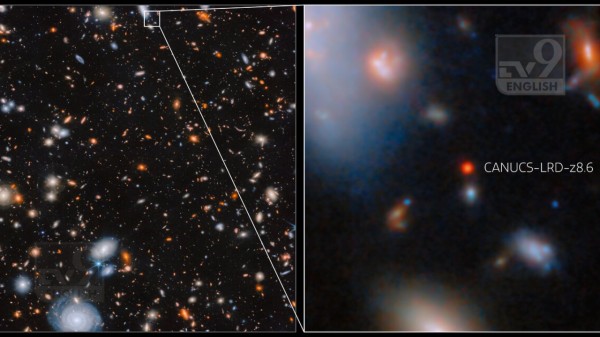

By signing in or creating an account, you agree with Associated Broadcasting Company's Terms & Conditions and Privacy Policy.


By signing in or creating an account, you agree with Associated Broadcasting Company's Terms & Conditions and Privacy Policy.

New Delhi: The space agency of India, ISRO, has published a high-resolution image of the interstellar comet 3I/ATLAS, which was taken by the 1.2-metre Mount Abu telescope. In the image, captured through a brief observation period in mid-November, a very bright nucleus encircled by a very faint bluish-green coma can be seen, formed when the gas and dust escape as the comet nears the inner Solar System. Preliminary spectroscopic measurements of the same session indicated the existence of standard cometary gases, implying that although 3I/ATLAS has just arrived outside the Solar System, it acts like comets belonging to our system.
This is also the third verified interstellar object to be seen by 3I/ATLAS, following the 2017 and 2019 releases of Oumuamua and Comet Borisov, respectively. Interstellar visitors are formed by the environment in entirely different star systems, unlike typical comets, which are formed in the remote Oort Cloud. Their infrequent occurrence provides astronomers with a good opportunity to examine materials that were formed at great distances around the Sun.
New sets of images taken by NASA spacecraft at different vantage points have also been released by NASA. On October 2, the HiRISE camera on the Mars Reconnaissance Orbiter photographed the comet at a distance of only 18.6 million miles, and the MAVEN spacecraft photographed ultraviolet images of a halo of hydrogen, the remnant of moisture in water molecules being torn apart by sunlight. In the meantime, the Lucy spacecraft, now heading towards the Trojan asteroids of Jupiter, photographed the comet at about 240 million miles. The images that are piled on top of each other depict a faint core with a diffuse coma and a faint tail.
Although it is an interstellar object, it has been observed that 3I/ATLAS is acting like a normal comet. NASA observed that evidence strongly indicates that it was a comet, and exotic theories were dismissed. However, the measurements of the James Webb Space Telescope provide a new twist to this: its coma seems to have a lot more carbon dioxide than water in it. Such a disproportionate amount of CO₂-to-H₂O suggests that the comet could have been formed in a highly different chemical environment from the ones in our solar system.
To sky watchers, 3I/ATLAS will be very hard to spot. It is still dim and can only be seen with large telescopes in the most perfect weather and is rushing off the Solar System. But astronomers tell us that it is not the visibility which is scientifically valuable about it, but rather the special inferences it bears of the nurseries of the stars which were very far away. The images and measurements would be used to understand how interstellar comets are better formed as they drift into deep space and what they would tell about the overall universe.








